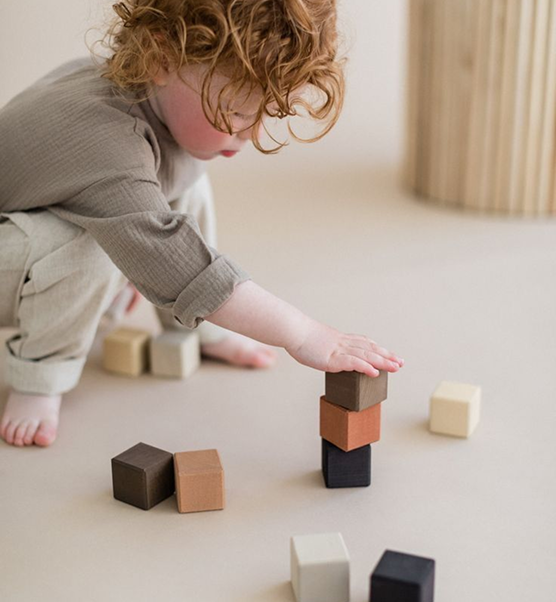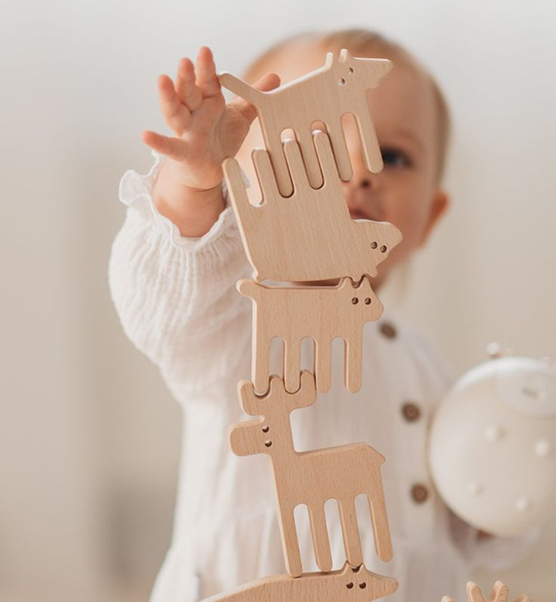I am one of the many millions of Americans in a blended family. My husband had three kids when we married, and now we have a baby together. It was my first marriage and my husband’s second. I never expected this kind of family makeup, but it’s working and we have a happy, love-filled — if chaotic — life. However, the statistics about our situation are bleak. I always see doom-and-gloom numbers saying 60% of all second marriages fail (compared with 50% of first marriages) and a wild variation in percentages on blended families. In one Google search, the first page says 60% of American families are blended, another says 50, another says 40, and another from 2015 says 16%. What is the deal here? Are these numbers current? Do the numbers break down differently when accounting for demographic and socioeconomic factors? Have there been any recent studies on second marriages/blended families?
My focus is on keeping my family healthy and happy, and no matter what the statistics say I won’t take it as some kind of prediction. But America is changing and there are so many different kinds of families that I wonder if perhaps these statistics are misleading or outdated. I’ve wondered about this for years — now that I’ve joined your group, it dawned on me you’d be the perfect person to ask!
—Curious
There are two interesting questions embedded here.
One is a pretty simple data question: What do American families look like, and how has that changed over time? That’s answerable with data. The U.S. Census, with some work, can reveal details of living arrangements that give some sense of the answer. This paper does a nice job of breaking this down and looking at the changes from 2007 to 2019.
In those data, in 2019, about 7% of kids lived in households with at least one stepparent. This is compared with 62% of children who lived with two biological parents, 26% who lived with one parent only, and 4% who did not live with either parent. The share of children living with at least one stepparent increased from 6.2% in 2007 to 7% in 2019, so that does suggest an upward trend.
These numbers understate the overall variation in household structure. For example, the 2014 Survey of Income and Program Participation (SIPP) estimated that 17% of children under 18 lived with at least one half-sibling. About half of those lived in two-parent households. Single-parent households are common in the U.S. There is variation in all of these numbers across demographic groups. As this paper summarized: “The living arrangements of children continue to be diverse.”
The second embedded question is about divorce rates in second marriages. It is true that second-marriage divorce rates are higher. This is probably true for several reasons. One important one is selection; the factors that lead to a first marriage’s dissolution may be persistent over time within an individual. It’s also the case that all the same factors that contribute to divorce rates in first marriages also matter here; more education lowers divorce rates, for example. If you did a full calculation, you might well find that, depending on your circumstances, your predicted second-marriage divorce rate is lower than other people’s first-marriage divorce rate.
Having said this, I would echo your point above that it doesn’t matter. All we can do, in the end, is invest in happiness in our existing relationships.
Community Guidelines





















Log in